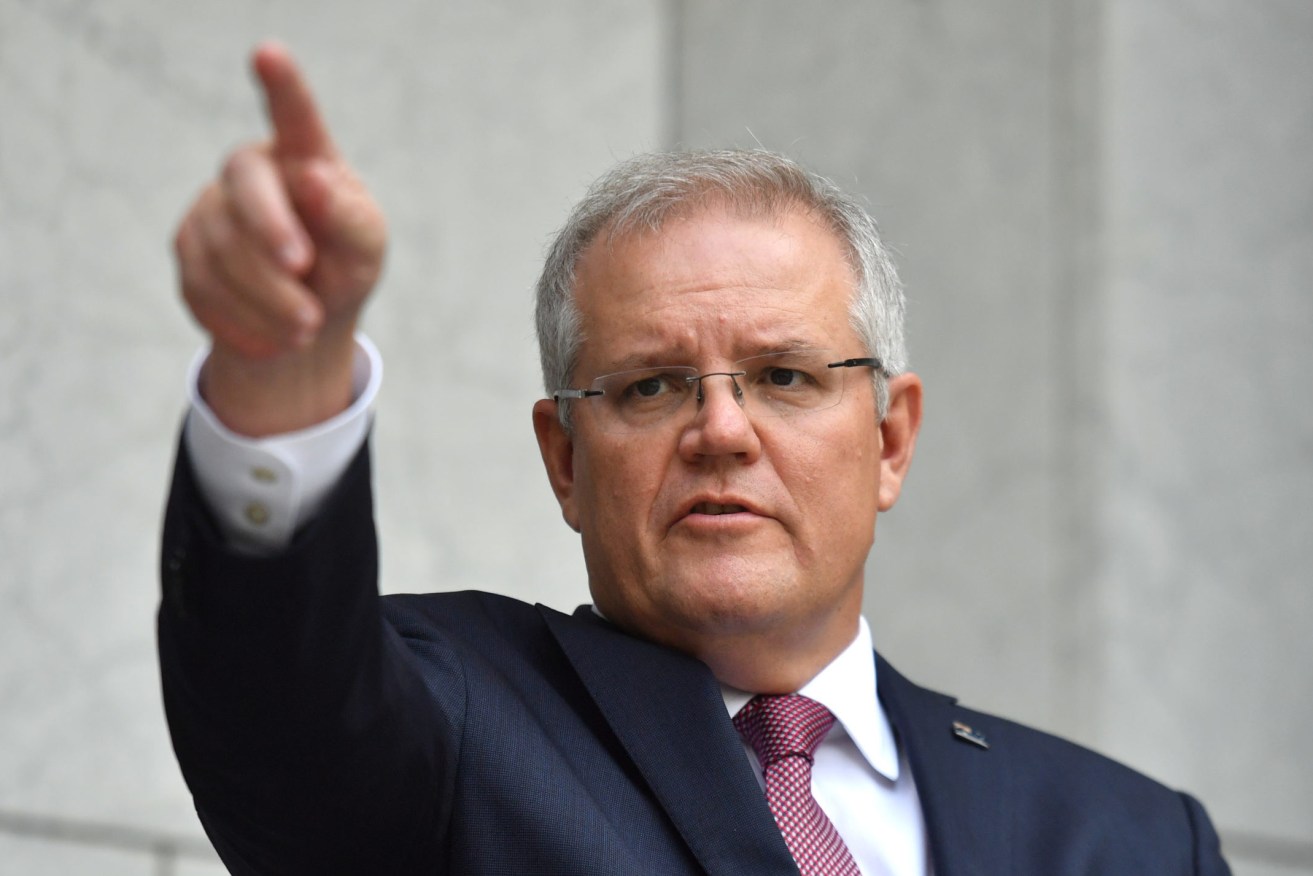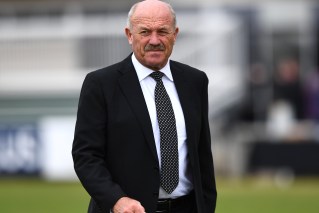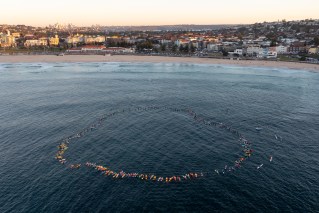Another virus-free day, now focus shifts to sick economy
Queensland has recorded no new cases of COVID-19 but overnight but the state’s economy is officially sick.

Prime Minister Scott Morrison has urged Australians to remain positive through the current lockdowns (Photo: AAP Image/Mick Tsikas)
Almost 130,000 people lost their jobs in April, leaving the state with the second-highest unemployment rate in the country.The national unemployment rate has jumped to 6.2 per cent as nearly 600,000 people lost their jobs because of the coronavirus pandemic.
“It is really sobering thought when you think about the number of people in this state who don’t have jobs because of no fault of their own,” Premier Annastacia Palaszczuk said on Thursday.
“We have not ever had to deal with anything like this in our lifetime.”
Her government will now pivot from flattening the curve of new diagnoses to finding a way out of an economic nightmare.
In a matter of weeks 129,000 people lost their jobs, compared to 221,400 people in NSW and 127,100 people in Victoria, figures from the Australian Bureau of Statistics showed.
The premier has acknowledged people and families forced out of work will be hurting.
“Families are very distressed,” Ms Palaszczuk said.
“I am very conscious of the job that is being placed on me and my team to make sure that we give people hope, confidence and that we give them an opportunity to get back into work in a post-COVID environment.”
Officials expect the state of the economy will worsen, but just how bad it gets depends on the response to the virus.
Of the 1052 cases recorded in Queensland, only 16 people are yet to recover.
It comes as authorities begin rolling back the social distancing measures that were imposed to control the spread of the virus.
However, a return to normality is still weeks away.
“I know a lot of people think we can just open up tomorrow and everything is back to normal, but it can’t be back to normal straight away because we are still dealing with the health crisis,” Ms Palaszczuk said.
A more accurate set of state financial figures will be released in coming weeks.
Prime Minister Scott Morrison said the unemployment figures represented “a tough day for Australia. A very tough day.”
While the rise in April from 5.2 per cent in March was smaller than economists had expected, Treasury has forecast the unemployment rate will rise to 10 per cent in the coming months.
However, the underemployment rate – which measures employed people seeking additional work – soared by 4.9 per cent to 13.7 per cent.
The Australian Bureau of Statistics said 594,300 people lost their job between March and April, comprising 220,500 full-time workers and 373,800 part-timers.
“Almost 600,000 jobs have been lost, every one of them devastating for those Australians, for their families and communities,” the Prime Minister said.
“A very tough day, terribly shocking, although not unanticipated.”
Morrison said Australians should prepare themselves for similar announcements as the impact from the coronavirus shutdowns continued to become clear.
“We knew there would be hard news as the pandemic reaps an impact on Australia, as it is on countries around the world,” he said.
“In the months ahead, we must brace ourselves for further hard news for Australians to take, but it’s important on a day like today that we remember to support each other.”
The rate is less than economists expected, with some surveyed by Reuters expecting the unemployment rate for April to reach 8.3 per cent.
Federal Treasurer Josh Frydenberg said the reason for the lower-than-expected rise in unemployment was because of the Government’s JobKeeper program.
“Today’s unemployment numbers reveal the real and painful economic impact of the coronavirus,” he said.
“There is still a long way to go and the economic numbers will get worse before they get better.
“[Australians] know their government has their back.”
Labor’s employment spokesman Brendan O’Connor described the figures as “frightening”.
“This is just the beginning of what is going to be increasingly frightening figures,” he told reporters.
Almost 130,000 Queenslanders lost their job in April, leaving the state with the second-highest unemployment rate in the country.
In just four weeks 129,000 people lost their job in the Sunshine State as the COVID-19 pandemic took an economic hold, compared to 221,400 people in New South Wales and 127,100 people in Victoria, figures from the Australian Bureau of Statistics showed on Thursday.
That drove the seasonally adjusted unemployment rate in Queensland to 6.8 per cent, just behind South Australia where the rate is 7.2 per cent.
-AAP, ABC












